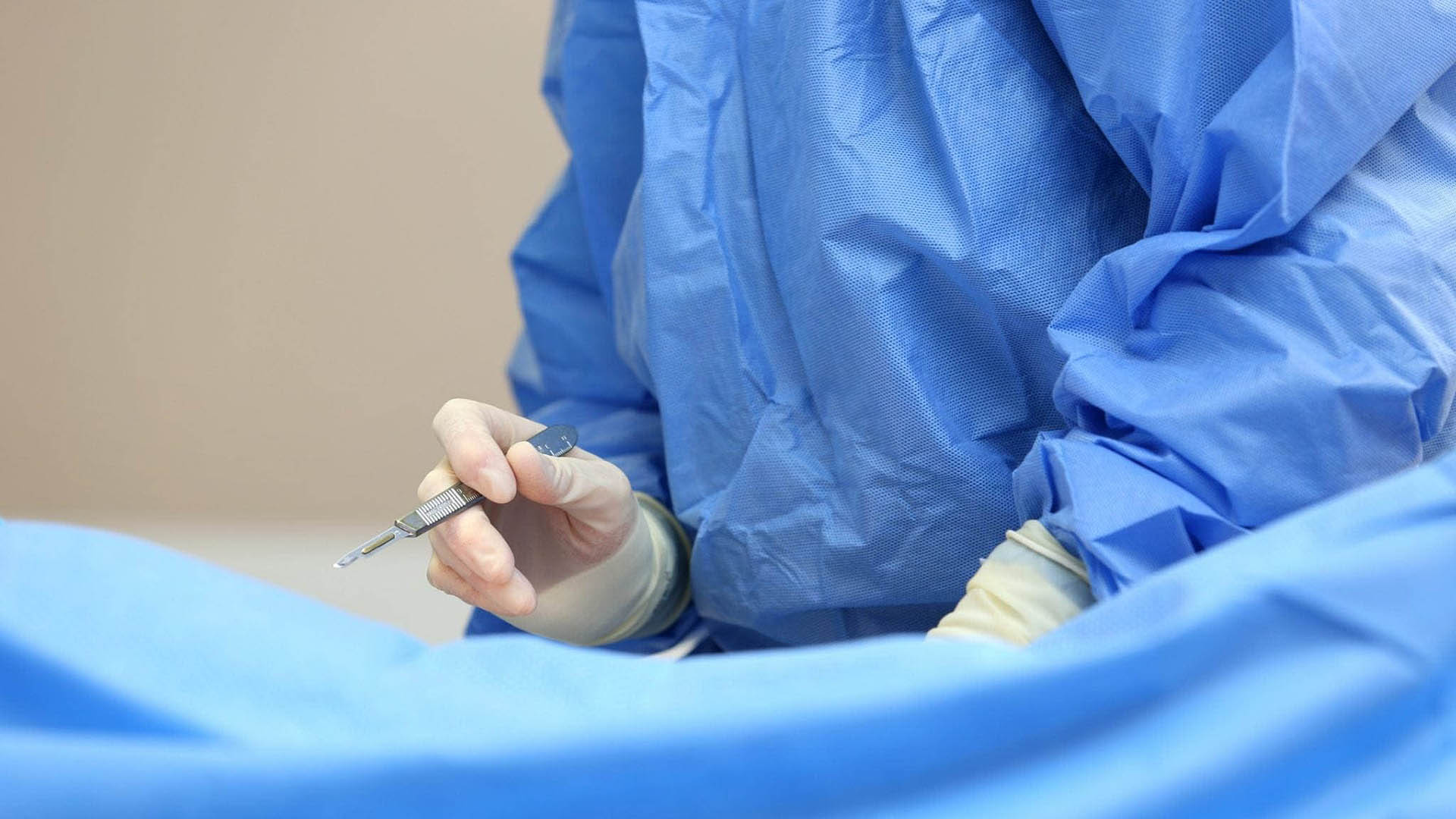What is Spine Surgery?
Spine surgery is rare but can be crucial for patients with life-threatening spinal conditions and those who suffer debilitating chronic pain. We plan your surgery using tools and techniques that give us a multitude of surgical strategies to choose from; we practice surgery in all regions of the spine with the utmost diligence.
The cervical region is housed in the neck. From the brain, the entire nervous system passes through the cervical spine, meaning any damage to this area has the potential to cause pain, weakness, numbness, or paralysis in any and every other part of the body below the affected point. Procedures involving this region are delicate.
The thoracic region is the part of the spine that curves outward. It is more commonly referred to as the "upper back" and is the longest part of the spine. Its structures are more complex than those in the cervical region; due to the nature and number of tissues within the thoracic region, we perform surgical work in its vicinity under careful consideration and planning.
The lumbar region is commonly called the "lower back" and comprises the portion of the spine that turns inward (at the base of the thoracic's outward curve). Office workers and people who remain seated for long periods frequently experience lumbar pain. Improved posture, gentle stretching, regular exercise breaks, and alternating between a seated and standing position can all significantly reduce lumbar pain. Lumbar spine surgery is a last resort if all natural techniques prove ineffective against a worsening condition, such as compression or degeneration.
The sacrum and coccyx or "tailbone" are the lowest portions of the spine. Long periods of sitting can cause pain in both the sacrum and the coccyx. Falling and sitting too hard are also common causes of pain in these regions. Pain accompanied by numbness, however, may indicate a serious condition, especially if the numbness spreads into the thighs or inhibits bowel and/or bladder control.
What Kind of Spine Surgeries Are There?
We design your surgery to be as minimally-invasive as possible using state-of-the-art techniques and tested procedures.
Laminectomy or spinal decompression surgery relieves pressure caused by a narrowing of the spinal column. This pressure is sometimes caused by bone growths such as bone spurs. Laminectomy relieves the pressure by removing bone from the interior of the vertebra(e) around the pressurized point. Often, this procedure is performed in conjunction with a discectomy.
Discectomy is a process that relieves compression of the spinal cord and/or nerve roots caused by the cartilage between the vertebra pushing down on them. This painful condition can occur anywhere there is vertebral cartilage present. Procedures include cervical discectomy as well as anterior cervical discectomy and fusion (ACDF).
Spinal fusion involves surgically and permanently fusing together one or more vertebra to eliminate any opposing movement and improve stability. Such a process is accomplished using bone grafts; the bone tissue usually comes from another part of the patient's body, but grafts that use donor bone tissue are not uncommon.


